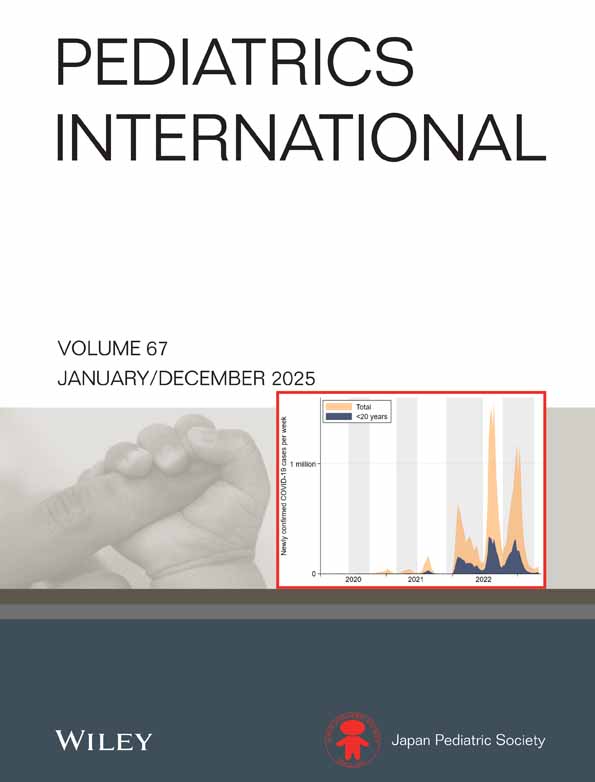Lymphocyte subpopulations in children with vitamin D deficient rickets
Abstract
Recent studies have shown 1,25(OH)2D3-mediated modulation of the immune system. We examined lymphocyte subpopulations of 16 children with nutritional rickets. Most of the patients suffered more frequent infection episodes than the control group of 15 healthy children and low serum levels of 25OHD and 1,25(OH)2D, such as 38.2 ± 8.6 ng/mL and 15.7 ± 2.6 pg/mL respectively. This decrease correlated with a significant decrease in total T lymphocytes and an increase in B lymphocytes expressing surface IgA, IgM, IgG molecules. These results suggest that vitamin D plays an important role in the impaired functions of T lymphocytes which may lead to frequent infection episodes in nutritional rickets.




